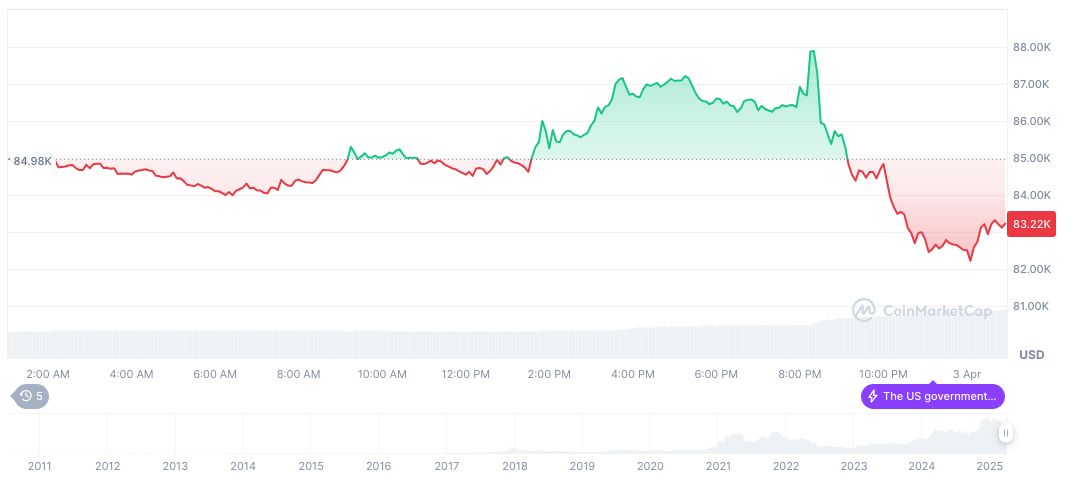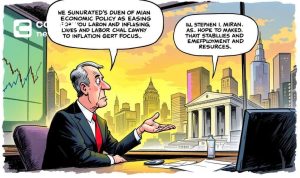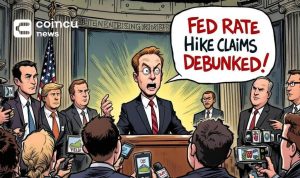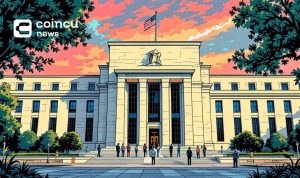- Analysis of Trump’s reciprocal tariffs and their economic implications.
- Tariffs could increase US inflation and reduce GDP.
- Market sees stock selloffs and currency fluctuations.
Former U.S. President Donald Trump announced new reciprocal tariffs on April 2, 2025, escalating global trade tensions.
The tariffs, exceeding previous levels, could raise inflation and reduce growth, according to a CICC analysis, impacting the U.S. economy and market stability.
Trump’s Tariffs: From 2.4% to 25.1% in 2025
China International Capital Corporation (CICC) issued an analysis of Donald Trump’s “Liberation Day” reciprocal tariffs announced on April 2, 2025. The tariffs introduce a 10% minimum levy on all countries, with higher rates for specific nations. CICC evaluated these tariffs, warning that the U.S.’s effective tariff rate could climb from 2.4% in 2024 to 25.1%, surpassing levels of the Smoot-Hawley Tariff Act of 1930. The organization projects that this policy will heighten market concerns and the risk of stagflation in the U.S.
Inflation and Growth Concerns are significant. The anticipated tariffs could boost PCE inflation by 1.9 percentage points, while potentially reducing real GDP growth by 1.3 percentage points according to the CICC Report. This scenario hints at increased uncertainty and provides challenges for the Federal Reserve, particularly regarding interest rate decisions. Despite negative economic consequences, tariffs might bring over $700 billion in fiscal revenue.
Stock markets experienced sharp selloffs following the announcement, with indices such as the S&P 500 and Nasdaq witnessing declines. Currency fluctuations were marked by a strengthening Japanese yen, often seen as a safe haven, while the euro and commodity-linked currencies declined against the U.S. dollar. Additionally, some industry sectors, including autos and pharmaceuticals, face new tariff applications, albeit with specific exemptions.
Crypto Reaction: Bitcoin Falls Amid Economic Jitters
Did you know? The Smoot-Hawley Tariff Act of 1930 raised U.S. tariffs to historically high levels, contributing to the Great Depression’s global impact. Trump’s reciprocal tariffs now propose even higher rates, echoing concerns from that era.
Bitcoin’s market remains volatile amid global uncertainties. As of April 3, 2025, Bitcoin (BTC) is priced at $83,127.84, with a market cap of 1.65 trillion, comprising 61.90% market dominance. Over a 24-hour period, BTC experienced a -2.13% decline, with a 75.10% surge in trading volume, according to CoinMarketCap.

Coincu analysts highlight that the Federal Reserve’s limited response options due to potential stagflation could inadvertently heighten demand for cryptocurrencies as alternative “safe haven” assets. As economic uncertainties rise, the role of digital currencies may evolve significantly, reflecting shifts observed during previous economic downturns.























